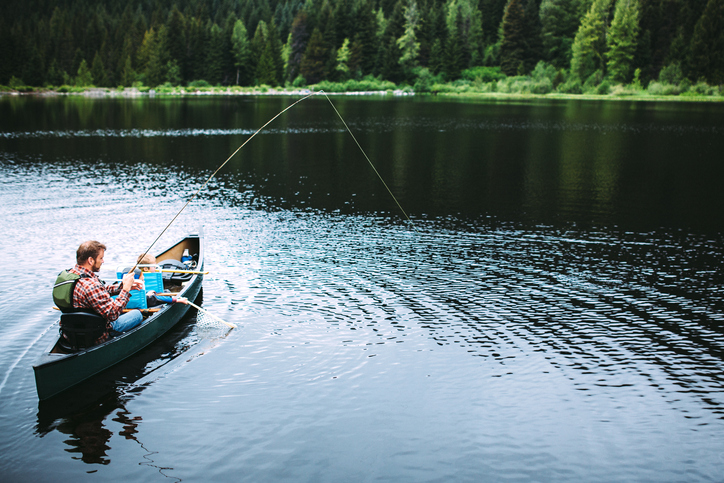Boosting your property’s value through a fish-friendly lake

Are you looking for more ways to increase your property’s market value? Consider building a fish-friendly lake. As the old proverb goes, “Give a man a fish and he will eat for a day. Teach a man how to fish and you feed him for a lifetime.”
Most homeowners shy away from building or redesigning a lake as it can be a pricey investment. It is, however, worth every single penny. Here are five tips to consider when building a fish-friendly lake.
- Depth
On average, a fish-friendly lake should be at least six to eight feet deep. This will leave enough space for fish to grow and spawn. The deeper the water, the more your fish will be protected come the winter months. - Water quality
The water’s pH level (which determines its acidity) and alkalinity (which helps neutralize the acidity) are important things to consider when determining the water quality.Try to keep the water’s pH level at a stable 6.5 or 7.5. Meanwhile, the alkalinity should be over 30.
- Structure
There is no such thing as a perfectly rounded lake. In fact, it’s advised to stray away from creating a perfect circle. Sit down and draw a rough sketch of the lake. Incorporate bends and curves, mounds, creek beds, and points. With a contoured lake, you’ll be able to mimic the fishing experience you usually enjoy at a natural lake.Since moving earth requires large machines and equipment, check with your local government and get the permits you need.
- Spillways
In order to keep the water in the lake from overflowing, especially during and after heavy downpours, your lake must have its fair share of spillways and drains. This will help you protect the dam and levees, if you have any, and start from scratch should you decide to redesign the lake in the future. - Forage and sport fish
To keep a healthy and stable population of fish in your lake, there should be a balance between the forage and sport fish. Forage fish (also called bait fish) basically serve as the food your sport fish will feed on.There are many choices to choose from. If you’re going to keep largemouth bass as sport fish, supply at least 750 native bluegills per acre. Bluegill spawns regularly and can even become a sport fish once they’ve reached adulthood.
You should also maintain supplemental populations of forage and sport fish to support the main group. If you’ve decided on bluegill as your forage fish, complement this species with redear sunfish. They won’t compete for food and, like bluegill, will also make a fine sport fish.
A fish-friendly lake in your property can increase its value by up to 20 percent. And should you decide to resale, you can expect significant returns on your investment.
Find a suitable site for your project. Explore properties for sale in Smith Mountain Lake with me. Connect with me today at 540.493.1690 or Jane(at)JaneAtTheLake(dotted)com.




